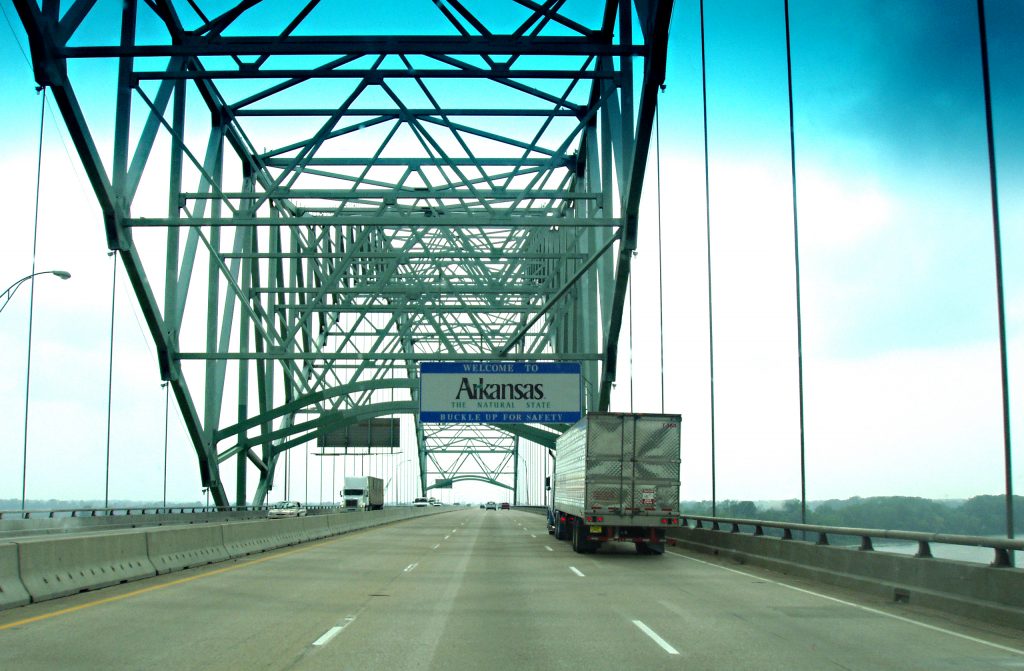 Labor contracts are often tricky and scary because potential employees generally find it difficult to negotiate with employers for terms favorable to them, while employers use standard contracts with terms potential employees don’t understand or aren’t used to seeing, which guarantee the employers a better deal.
Labor contracts are often tricky and scary because potential employees generally find it difficult to negotiate with employers for terms favorable to them, while employers use standard contracts with terms potential employees don’t understand or aren’t used to seeing, which guarantee the employers a better deal.
The National Labor Relations Act (“NLRA”), whose purpose is to provide protection to employees from unfair labor practices of employers, provides that an employer commits an unfair labor practice when it coerces or prevents employees from engaging in their legal rights, including, but not limited to, the rights of employees to band together in a union or otherwise. A recent case out of the United States Fifth Circuit Court of Appeals (“the Court”) addressed this problem in a labor contract case between a retail gas station and its employee.
Murphy Oil Inc. (“Murphy Oil”) operates retail gas stations in many cities in the United States, but the following dispute takes place at the Calera, Alabama location. Sheila Hobson, upon starting employment with Murphy Oil, was required to sign a binding arbitration agreement—an agreement which prevented herself and other employees working at this location from settling any disputes with management by any means other than arbitration—a process which would require both employee and employer to meet with a professional mediator for all legal claims.
 Louisiana Personal Injury Lawyer Blog
Louisiana Personal Injury Lawyer Blog


 Think before you act. We have all heard this advice. But, thinking before you act can be difficult. Sometimes, emotions and the heat of the moment prompt you to react before you think. A common example of this occurrence is in road rage altercations. It is easy to get upset when you get cut off or a person pulls out in front of you. But the legal ramifications of acting on those emotions can be dire. A recent case out of the First Circuit Court of Appeal for the State of Louisiana illustrates one type of legal consequence that could happen when emotion turns to violence.
Think before you act. We have all heard this advice. But, thinking before you act can be difficult. Sometimes, emotions and the heat of the moment prompt you to react before you think. A common example of this occurrence is in road rage altercations. It is easy to get upset when you get cut off or a person pulls out in front of you. But the legal ramifications of acting on those emotions can be dire. A recent case out of the First Circuit Court of Appeal for the State of Louisiana illustrates one type of legal consequence that could happen when emotion turns to violence. Leasing agreements often are complex and lengthy, especially in a commercial context. A common provision contained in most leasing agreements is an indemnity provision. An indemnity provision is a section in a leasing agreement that requires the leasee (the person who leases the property) to take responsibility for certain lawsuits involving the leased property. A recent decision from the Second Circuit Court of Appeal for Louisiana illustrates the power of an indemnity provision.
Leasing agreements often are complex and lengthy, especially in a commercial context. A common provision contained in most leasing agreements is an indemnity provision. An indemnity provision is a section in a leasing agreement that requires the leasee (the person who leases the property) to take responsibility for certain lawsuits involving the leased property. A recent decision from the Second Circuit Court of Appeal for Louisiana illustrates the power of an indemnity provision. Workers’ compensation provides an avenue for workers injured on the job to receive the compensation a worker deserves. But what happens when a resident of one state is injured while working for a company in another state? A recent case out of the Second Circuit Court of Appeal for Louisiana addressed this issue when a Monroe, Louisiana worker, working for an Arkansas company, was injured in Mississippi.
Workers’ compensation provides an avenue for workers injured on the job to receive the compensation a worker deserves. But what happens when a resident of one state is injured while working for a company in another state? A recent case out of the Second Circuit Court of Appeal for Louisiana addressed this issue when a Monroe, Louisiana worker, working for an Arkansas company, was injured in Mississippi. We all make mistakes, and, if lucky, are presented with the opportunity to fix them. The same principle can be said for an error in a money damage determination. When a party to a lawsuit believes that the jury or trial court erred in its damage award decision, the party has the ability to appeal. A recent court case out of the Second Circuit Court of Appeal for Louisiana discusses the requirements that are needed to overturn a money damage determination.
We all make mistakes, and, if lucky, are presented with the opportunity to fix them. The same principle can be said for an error in a money damage determination. When a party to a lawsuit believes that the jury or trial court erred in its damage award decision, the party has the ability to appeal. A recent court case out of the Second Circuit Court of Appeal for Louisiana discusses the requirements that are needed to overturn a money damage determination. Buying a home is a complex and stressful process. Not only must a homebuyer make sure he or she has the required funds to purchase the home, but must also thoroughly check that the home is in good condition. Generally, determining the condition of a home is relatively easy. Under the law, a home-seller is obligated to disclose certain defects. Failure to do so can result in a lawsuit. A recent case from the United States Fifth Circuit Court of Appeals illustrates the legal repercussions that can befall a home-seller when he or she withholds certain deficiencies in the condition of the home.
Buying a home is a complex and stressful process. Not only must a homebuyer make sure he or she has the required funds to purchase the home, but must also thoroughly check that the home is in good condition. Generally, determining the condition of a home is relatively easy. Under the law, a home-seller is obligated to disclose certain defects. Failure to do so can result in a lawsuit. A recent case from the United States Fifth Circuit Court of Appeals illustrates the legal repercussions that can befall a home-seller when he or she withholds certain deficiencies in the condition of the home. The fate of a claim brought under the Longshore and Harbor Workers’ Compensation Act (“LHWCA”) is often determined based upon the weight the Administrative Law Judge (“ALJ”) gives certain evidence. But how should the ALJ weigh conflicting evidence from different sources? This question was recently addressed by the United States Fifth Circuit Court of Appeals in Petron Industries Inc. v. Courville.
The fate of a claim brought under the Longshore and Harbor Workers’ Compensation Act (“LHWCA”) is often determined based upon the weight the Administrative Law Judge (“ALJ”) gives certain evidence. But how should the ALJ weigh conflicting evidence from different sources? This question was recently addressed by the United States Fifth Circuit Court of Appeals in Petron Industries Inc. v. Courville. When bringing a personal injury lawsuit a plaintiff must prove that the defendant in the lawsuit caused the injury. Often, when an injury involves two parties, the question of who caused the injury has a relatively straightforward answer. However, problems arise when the circumstances surrounding the injury involve multiple parties. A recent case out of the Louisiana First Circuit Court of Appeal illustrates the complexity of proving who caused an injury when multiple parties are involved.
When bringing a personal injury lawsuit a plaintiff must prove that the defendant in the lawsuit caused the injury. Often, when an injury involves two parties, the question of who caused the injury has a relatively straightforward answer. However, problems arise when the circumstances surrounding the injury involve multiple parties. A recent case out of the Louisiana First Circuit Court of Appeal illustrates the complexity of proving who caused an injury when multiple parties are involved. What happens to Workers’ Compensation Benefits once a claimant is awarded benefits and employment is terminated after the fact? Is the employee still entitled to the awarded benefits? In general, an employee must be injured within the course of employment to qualify for benefits. Supplemental Earnings Benefits (“SEBs”) are paid when the injured worker has reached maximum medical improvement but is not capable of earning 90% of pre-accident wages. This case explains what happens when an employee is fired after being awarded SEBs.
What happens to Workers’ Compensation Benefits once a claimant is awarded benefits and employment is terminated after the fact? Is the employee still entitled to the awarded benefits? In general, an employee must be injured within the course of employment to qualify for benefits. Supplemental Earnings Benefits (“SEBs”) are paid when the injured worker has reached maximum medical improvement but is not capable of earning 90% of pre-accident wages. This case explains what happens when an employee is fired after being awarded SEBs.  What happens if an insurer fails to pay a claim on time to the insured? In Louisiana, an insurer could be subject to a penalty for failing to pay. This case out of Ascension Parish demonstrates how an insurer can be guilty of bad faith when their actions are arbitrary, capricious or without probable cause.
What happens if an insurer fails to pay a claim on time to the insured? In Louisiana, an insurer could be subject to a penalty for failing to pay. This case out of Ascension Parish demonstrates how an insurer can be guilty of bad faith when their actions are arbitrary, capricious or without probable cause.